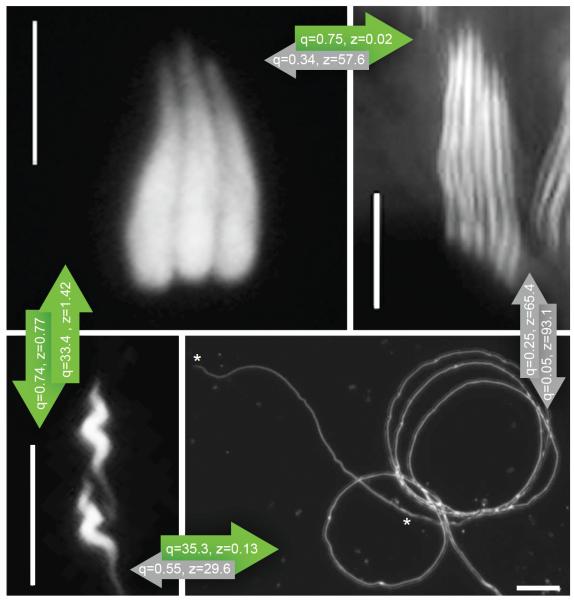Figure 3. Evolutionary transitions in sperm head shape and conjugation.
Transition rates (q = changes per unit branch length) that are rarely assigned to zero (z% < 5 of models of trait evolution) are considered probable events (shown in green; unlikely transitions in grey). The upper left panel represents the ancestral state of broad heads and conjugation (illustrated by Rhantus consimilis). Transitions away from the ancestral state through a change in head shape or loss of conjugation occur at similar rates. The upper right panel is an example of the co-occurrence of elongate heads and conjugation (Pachydrus sp.). Single sperm may have broad (lower left; Porrhydrus sp.) or elongate heads (lower right; Desmopachria convexa). Transition rates away from broad heads in the absence of conjugation are very high, suggesting that this is an evolutionarily unstable state. Upper panels and lower left: fluorescent images of DNA-stained heads, no flagella visible. Lower right panel: darkfield image, head not visually distinguishable from flagellum. Scale bars = 10 μm.

